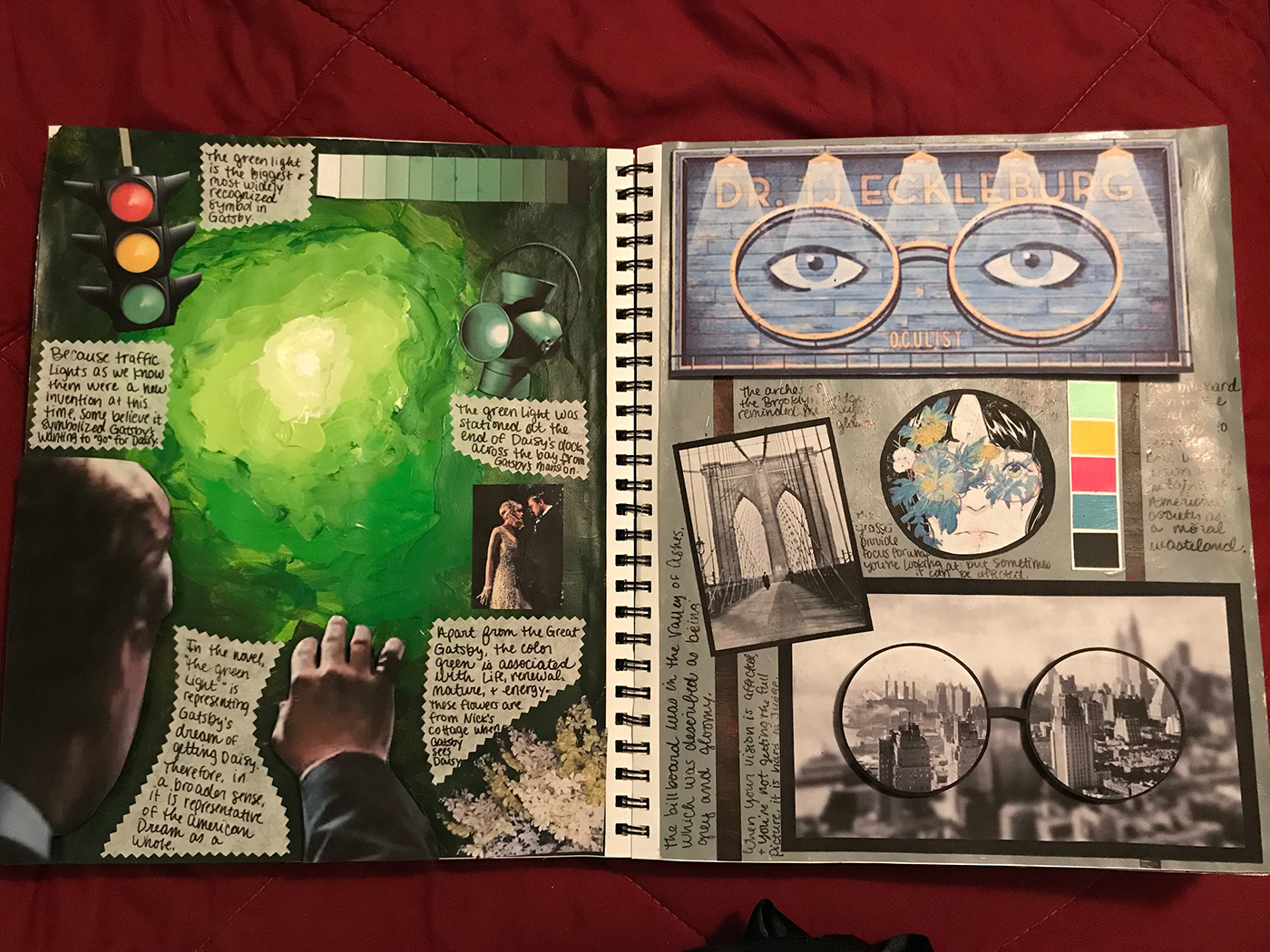

It was also heavily influenced by the horrors of World War I: it shattered the preconceived notions about society for many modernists. What about the history behind the modernism literary movement? Started by the Industrial Revolution and fueled by urbanization, the movement originated in Europe, with Virginia Woolf, Franz Kafka, and Robert Musil as early modernists. Its other characteristics include symbolism and formalism. The movement's main characteristics are individualism, experimentation, and absurdity. But its spirit is best reflected in a motto coined by Ezra Pound: ‘Make it new.’ Modernism was a movement not just in literature but also in arts, philosophy, and cinema.Īs for the modernism in literature definition, the same dictionary describes it as a conscious break from the past and a search for new ways of expressing oneself. The Merriam-Webster dictionary defines the term 'modernism' as a practice characteristic of modern times and seeking to find original means of expressing oneself. You'll find the answers to all of these questions – and more – below! What is Modernism in LiteratureĪs any physic helper would advise you to approach a subject, let's start with one crucial question: ‘What is modernism?’ What is modernism in literature? What are the key characteristics that set it apart from other literary movements? What modernism in literature examples reflect the movement's qualities the best? And who can represent modernism in American literature? Today, let's take a deep dive into modernist work. In their opinion, the old ways of writing simply couldn't reflect the rapid social change and a new generation born out of it. Instead, they sought new ways to convey ideas and new forms of expressing themselves. They refused to conform to the rules any longer. Modernism in literature is the act of rebellion against the norms on the writers' part.


Out of this cultural shift, one of the most compelling literary movements was born: modernism. They also made writers reconsider their attitudes toward the established norms of the craft. But new technologies didn't only change the ways of manufacturing. The Industrial Revolution – and the rapid industrialization that followed it – marked the late 19th and early 20th centuries. Modernism in Literature: Definition, Characteristics, Examples, and More


 0 kommentar(er)
0 kommentar(er)
